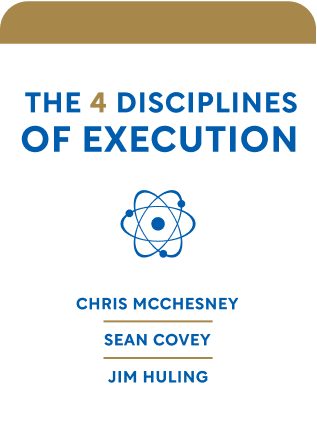

This article is an excerpt from the Shortform book guide to "The 4 Disciplines of Execution" by Chris McChesney, Sean Covey, and Jim Huling. Shortform has the world's best summaries and analyses of books you should be reading.
Like this article? Sign up for a free trial here .
What does it look like when you start implementing The 4 Disciplines of Execution? How do NASA goals show the first discipline?
NASA goals have been known for being big, long-term, strategic visions. To accomplish them, NASA has to pursue them with the focused intensity of the first discipline in 4DX.
Read on for more about NASA goals and how they demonstrate the 4DX framework.
4DX in Action: NASA Goals
Here’s an example of the effectiveness of adhering to Discipline 1:
In 1958, NASA had seven very important goals along the lines of increasing human knowledge about space, improving spaceships, long-range studies, positioning the US in the space race, military applications, and cooperation with other nations. Some of these goals were measurable, but none of them had a deadline.
In 1961, J.F. Kennedy gave NASA a WIG in the correct “from point A to point B by deadline” format: put a man on the moon and bring him back before 1970.
There were three lower-level “battle” WIGs to support Kennedy’s “war” WIG:
- Get a spacecraft to the right position on the moon, keeping in mind that the moon is moving in orbit.
- Find a way to power rockets carrying heavy lunar modules fast enough to break free of Earth’s gravity.
- Develop a capsule and landing gear that would keep a person alive both in transit to and from, and while on, the moon.
When Kennedy announced his WIG, accountability, morale, and engagement at NASA exponentially increased. At the time, NASA didn’t have the technology to achieve any of the three “battle” WIGs, but they got it done—Neil Armstrong walked on the moon in 1969.
(Kennedy was also a good example of saying no to good ideas. He was asked why he chose to focus on man-on-the-moon instead of other worthy goals, and he said this goal was most important.)

———End of Preview———
Like what you just read? Read the rest of the world's best book summary and analysis of Chris McChesney, Sean Covey, and Jim Huling's "The 4 Disciplines of Execution" at Shortform .
Here's what you'll find in our full The 4 Disciplines of Execution summary :
- The 4 disciplines that can make any strategy a successful reality
- Why a great plan falls apart when you don't think adequately about execution
- The 6 steps you need to scale the 4DX model across an entire organization






